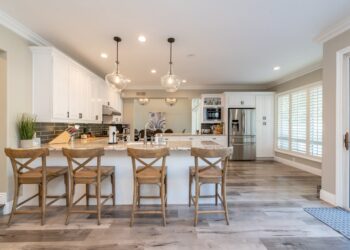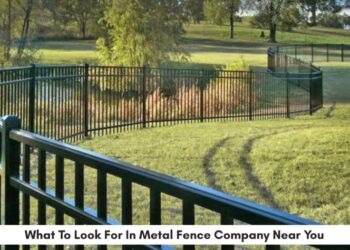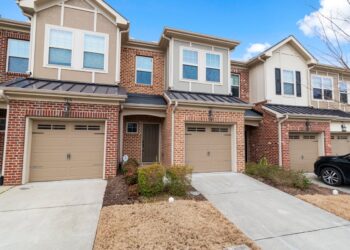Roofing material, from asphalt shingles to metal roofing, has unique pros and cons. However, among diverse options, slate roofing is one roofing material that has stood the test of time and continues to be a prestigious option.
Slate roofing is well-known for its aesthetic appeal, durability, and elegance. Slate roofing is a premium choice if you are considering a roofing upgrade and prioritize long-term value and sustainability. However, it is essential to weigh the cost considerations, too.
In persuasion, here is a guide weighing cost considerations of slate roofing to help you determine whether investing in it is worthwhile.
Cost considerations of slate roofing
Installation of a synthetic slate roof on a 1,500-square-foot could cost $7,500. At the same time, a natural slate material for the same roof could cost $45,000.
Several factors determine the cost range for your slate roofing installation, such as:
- Type of slate material: Natural slate is the most expensive, followed by hybrid and synthetic slate materials.
- Hardness: The harder the slate roof shingles, the higher the costs.
- Roof size: The larger the roof for installation, the higher the costs involved.
- Labor charges: The charges for professional installation will be on the higher end.
Is slate roofing worth the investment, considering the costs involved?
Let us understand the different aspects of slate roofing to decide whether it is a worthwhile investment for you.
Understanding the upfront investment
The foremost thought that stops a homeowner from choosing slate roofing is the higher initial costs. Slate roofing is the most expensive compared to alternatives such as metal or asphalt shingles. Thus, homeowners think of slate roofing as an extravagant choice.
However, it is important to understand that the higher initial costs include the materials and the labor charges for installation. Remember, natural slate material needs cautious handling, and installation is highly complex; it can only be handled by professional slate roofing contractors.
Additionally, the initial costs depend on the type and quality of the chosen slate material, labor rates in your area, and the size and design of your roof.
Longevity and durability
Considering slate roofing materials’ unparalleled longevity and durability, the higher upfront initial costs are justified over time. When maintained properly, a slate roof can last up to 70-100 years. Such an extensive period far exceeds most roofing materials, which must be replaced every 20 to 30 years.
Considering the extended lifespan means you no longer have to worry about the re-roofing expenses for coming generations. Therefore, its longevity and durability aspect makes it a cost-effective solution.
Maintenance and repairs
Slate roofing resists mold, mildew, and pests. Its surface is impervious, and thus, it sheds water effectively. It is easier to maintain than other roofing materials. However, minor repairs and regular inspections are needed for continued performance.
Repairs and maintenance are less frequent and cost-effective for slate roofing. Yet, it is of utmost importance to maximize the lifespan of roofing. Regular and proper maintenance and repairs prevent minor issues from escalating into costlier and major issues.
Resale value and local climate
Slate roofing reflects quality and longevity. This makes your property more attractive in the market of real estate. Thus, well-maintained slate roofs boost your home’s resale value and appeal to potential buyers.
Additionally, slate roofing will be a wise choice if you reside in an area with harsh weather conditions like heavy rains, snow, or winds. Slate roofs perform exceptionally well in extreme weather.
Energy efficiency and aesthetic value
Slate roofing’s excellent insulation property contributes to regulating indoor temperatures. This results in energy savings over the long term.
Slate roofing offers a timeless and elegant appearance. It boosts curb appeal and increases the overall value of your property. Slate roofing will be a wise choice if you aim for long-term value and aesthetics.
Alternatives to consider
Despite a slate roof’s many benefits, it may not be the best fit for everyone. Several other roofing materials, such as metal roofing, asphalt shingles, clay tiles, etc., have varied cost profiles, lifespans, and maintenance needs. You can compare those options and their associated costs to help you decide on the perfect roofing material per your budget and requirements.
Endnote
To conclude, slate roofing does come with higher upfront costs; however, its durability, low maintenance, energy efficiency, and aesthetic appeal make it worthwhile for homeowners who prioritize these aspects and have a budget to support it. We suggest you evaluate your priorities, budget, and long-term goals to decide whether slate roofing aligns with your needs.







